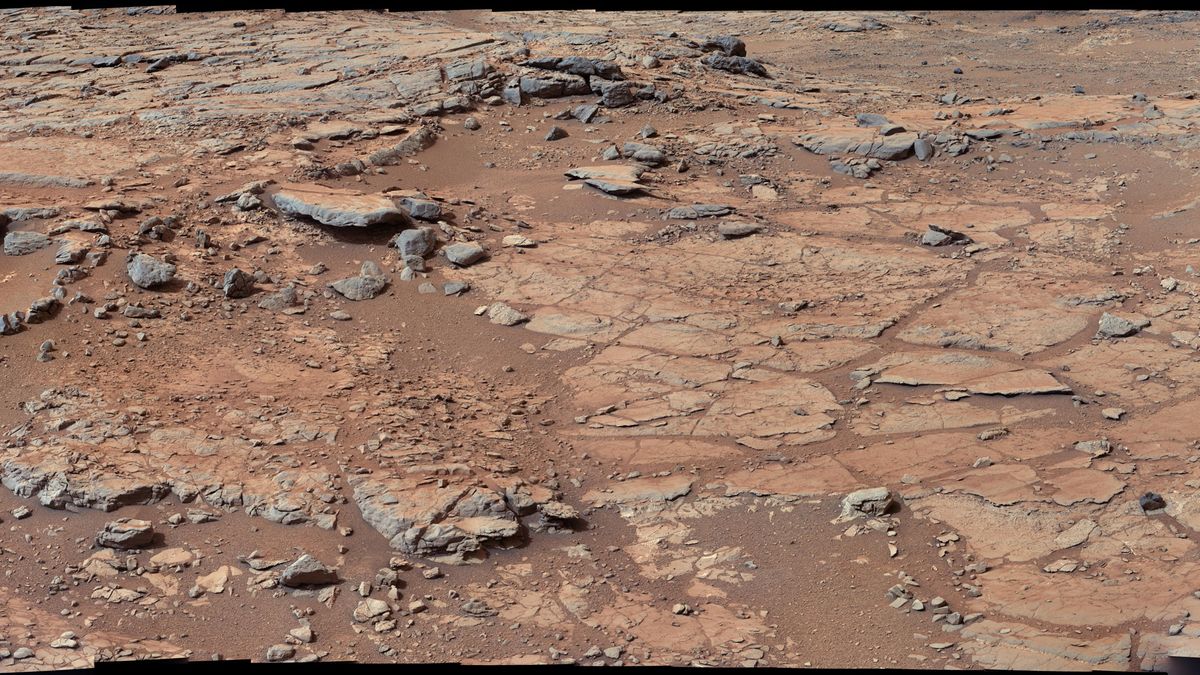
Using these samples, scientists were able, for the first time, to measure the total amount of organic carbon in Martian rocks, according to a statement from NASA (opens in new tab). .
Organic carbon, which is carbon bound to a hydrogen atom, is a prerequisite for organic molecules created and used by all known forms of life.While previous studies have detected organic carbon in smaller quantities in Martian rock samples, the new measurements provide insight into the total amount of carbon in organic compounds.
The rover analyzed the fragments using its Sample Analysis at Mars (SAM) instrument, which uses oxygen and high heat to convert the organic carbon in the samples into carbon dioxide.From the amount of carbon dioxide produced, the instrument calculates how much organic carbon was in the original sample and tells the exact isotope ratio, which helps scientists understand the source of the carbon, according to the statement.
"In this case, the isotopic composition can really only tell us what portion of the total carbon is organic carbon and what portion is mineral carbon," Stern said."While biology cannot be completely ruled out, isotopes cannot really be used to support a biological origin for this carbon, either, because the range overlaps with igneous (volcanic) carbon and meteoritic organic material, which are most likely to be the source of this organic carbon."!
However, in addition to organic carbon, the researchers identified other signs suggesting Gale crater may have once supported life, including the presence of chemical energy sources, and chemical compounds such as oxygen, nitrogen and sulfur and low acidity.